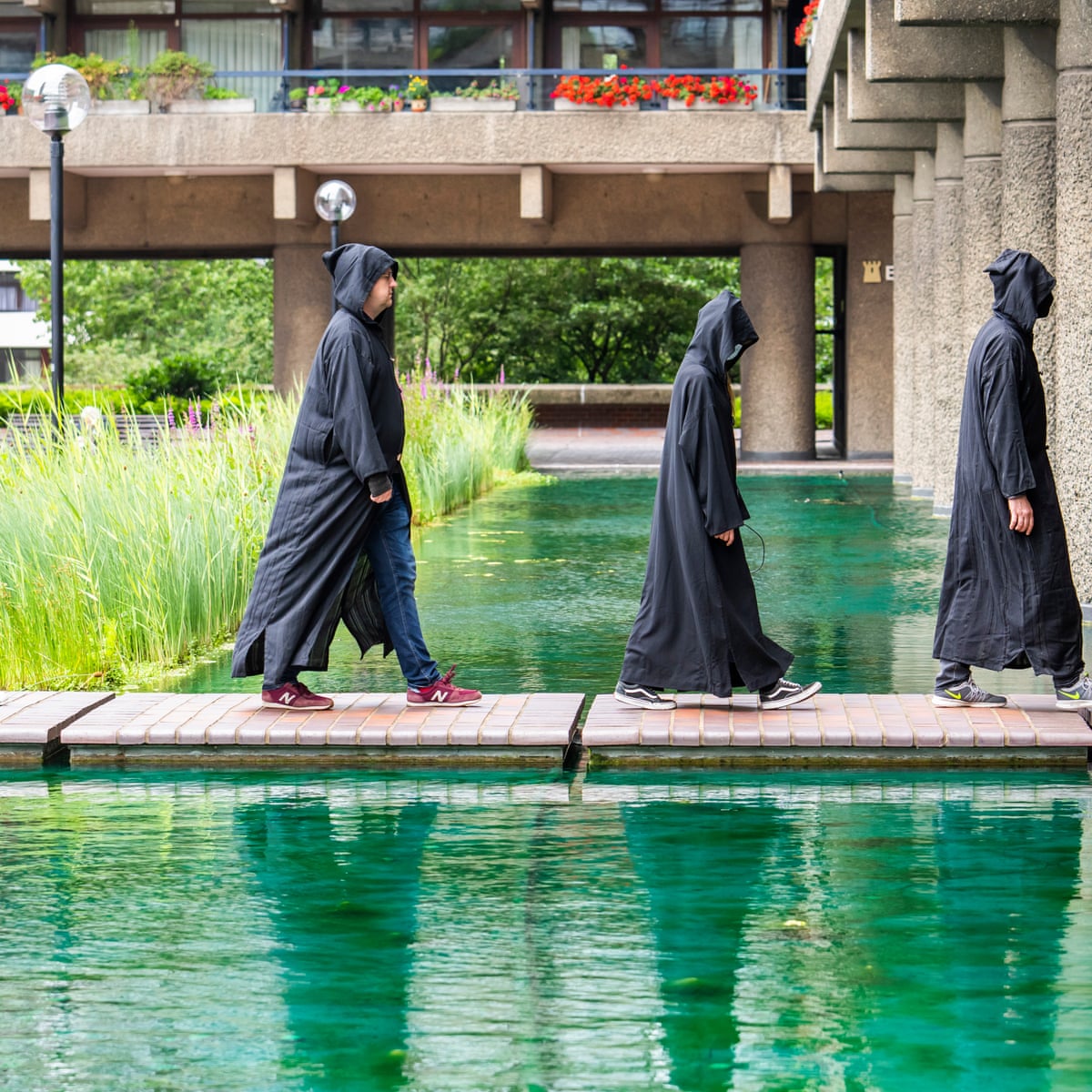The Dublin-based Pan Pan Theatre company brought Samuel Beckett to London this July with their innovative take on his radio play, Cascando. The play, written by Beckett in 1963 and first broadcast in England the following year, is as impenetrable as his other dramatic works, featuring just two voices that grapple with one another across the thirty-minute piece. A third character might even be suggested, that of Music, guiding the narrative to a large extent with its screeching, horror-like manner. The score, crafted by Jimmy Eadie, fades across the two voices and adds further poetic depth to Beckett’s Cascando.
The Pan Pan production, first premiered at the Samuel Beckett Theatre in 2016 and directed by Gavin Quinn, was this summer brought to the Barbican Centre, a venue one could believe to have been designed with Beckett’s repetitious and almost brutalist Cascando in mind. The production invites the audience to participate in the narrative in a way that perfectly demonstrates theatre’s ability to adjust to pandemic circumstances, despite the concept having originated three years prior. Each listener is asked to don a floor-length black hooded cloak, before they are given a set of headphones attached to an iPod nano. The twenty or so participants are then asked to arrange themselves into a single file line, at which point the play begins in each headset and the parade sets off to explore the Barbican’s open-air Highwalk.
“The production invites the audience to participate in the narrative in a way that perfectly demonstrates theatre’s ability to adjust to pandemic circumstances.”
As we leave the building, Opener, voiced by Daniel Reardon, tells us of “the reawakening” — a fitting moment as we simultaneously sense both a physical exit and a feeling of coming out of a dark situation. This semantic resonance carries through the play, with the naturally socially distanced formation of the listeners as well as the action of walking solitarily out in the open reminding each individual of the pandemic experience. However, the play is fundamentally collaborative, with each listener becoming a performer in their own right. As the procession moves slowly across the Highwalks one feels as though one has inadvertently joined a cult-like community, with onlookers gazing on in confusion at the mass of identical strangers. Whilst in 1964 the play allowed listeners, who could access it only by virtue of having the right regional location or being available at the limited time of broadcast, to experience the play in the privacy of their own home, Pan Pan’s production invites the public not only to come together for, but to actively partake in Cascando.
The production, meditative by nature, is perhaps less successful in presenting the content of Cascando and more so in its ability to convey the experience of Woburn, its central voice. As the listeners step over one of the Barbican’s water features, the protagonist fittingly enters the sea. Likewise, the description of Woburn’s long brown coat instantly transplants the listener into his psyche as our eyes sit restfully on our black cloaks as they graze the ground beneath us.
Whilst the narrative clarity of the play is perhaps lacking, the opportunity to take part in what Cascando’s dramaturg Nicholas Johnson deems a “social sculpture” that “intervenes in public space” is one to cherish, both for its poetic and social value.






